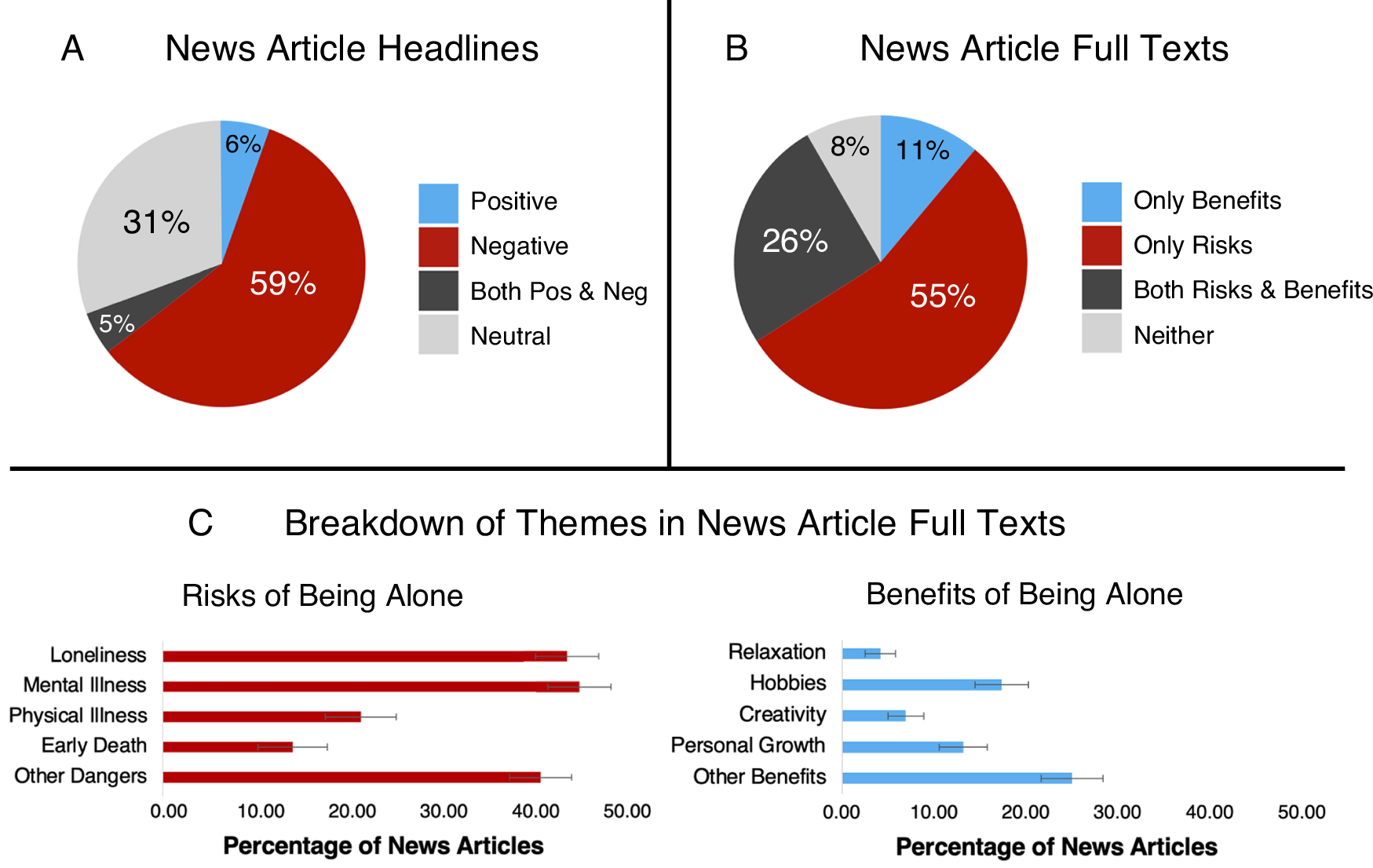2025-02-20 イェール大学
 © stock.adobe.com
© stock.adobe.com
<関連情報>
- https://news.yale.edu/2025/02/20/how-do-cells-respond-changes-its-not-all-genes
- https://www.pnas.org/doi/10.1073/pnas.2423774122
集団移動による非遺伝的適応 Nongenetic adaptation by collective migration
Lam Vo, Fotios Avgidis, Henry H. Mattingly, +5, and Thierry Emonet
Proceedings of the National Academy of Sciences Published:February 19, 2025
DOI:https://doi.org/10.1073/pnas.2423774122
Significance
Conventional cell adaptation mechanisms, like gene regulation and stochastic phenotypic switching, act swiftly but are limited to a few traits, while mutation-driven adaptations unfold slowly. By quantifying phenotypic diversity during bacterial collective migration, we identified an adaptation mechanism that rapidly and reversibly adjusts multiple traits simultaneously. By balancing the generation of diversity through growth with the loss of phenotypes unable to keep up, this process tunes the phenotypic composition of migrating populations to the environments they traverse, without gene regulation or mutations. Given the prevalence of collective migration in microbes, cancers, and embryonic development, nongenetic adaptation through collective migration may be a universal mechanism for populations to navigate diverse environments, offering insights into broader applications across various fields.
Abstract
Cell populations must adjust their phenotypic composition to adapt to changing environments. One adaptation strategy is to maintain distinct phenotypic subsets within the population and to modulate their relative abundances via gene regulation. Another strategy involves genetic mutations, which can be augmented by stress-response pathways. Here, we studied how a migrating bacterial population regulates its phenotypic distribution to traverse diverse environments. We generated isogenic Escherichia coli populations with varying distributions of swimming behaviors and observed their phenotype distributions during migration in liquid and porous environments. We found that the migrating populations became enriched with high-performing swimming phenotypes in each environment, allowing the populations to adapt without requiring mutations or gene regulation. This adaptation is dynamic and rapid, reversing in a few doubling times when migration ceases. By measuring the chemoreceptor abundance distributions during migration toward different attractants, we demonstrated that adaptation acts on multiple chemotaxis-related traits simultaneously. These measurements are consistent with a general mechanism in which adaptation results from a balance between cell growth generating diversity and collective migration eliminating underperforming phenotypes. Thus, collective migration enables cell populations with continuous, multidimensional phenotypes to flexibly and rapidly adapt their phenotypic composition to diverse environmental conditions.


